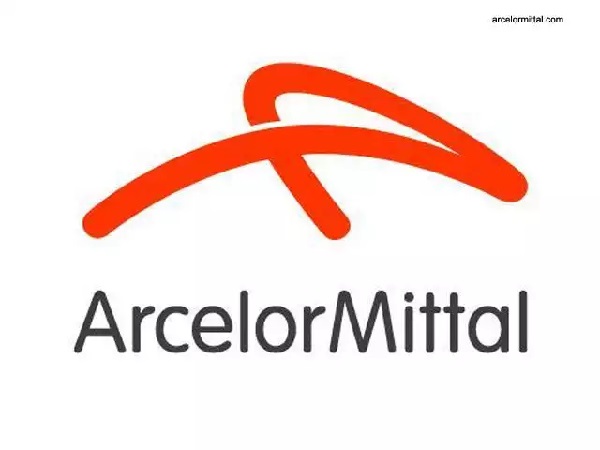
Luxembourg-headquartered steel manufacturer ArcelorMittal today announced the launch of its first three XCarb™ initiatives, as part of the company’s journey to deliver on its 2050 net zero commitment.
XCarb™ will ultimately bring together all of ArcelorMittal’s reduced, low and zero-carbon products and steelmaking activities, as well as wider initiatives and green innovation projects, into a single effort focused on achieving demonstrable progress towards carbon neutral steel.
To support its launch, ArcelorMittal today announced three XCarb™ branded initiatives:
- XCarb™ green steel certificates, which will enable the company to support its customers as they seek to reduce their Scope 3 emissions;
- XCarb™ recycled and renewably produced pioneering products for customers;
- XCarb™ innovation fund
Commenting, Aditya Mittal, CEO of ArcelorMittal, said: “Climate change is an overwhelming societal priority. At ArcelorMittal, we have an important role to play in helping society deliver the objectives of the Paris Agreement and are determined to lead our industry’s transition to carbon neutral steel. Our launch of XCarb™ today brings the full breadth of our decarbonisation activity together under a single umbrella brand. It aims to demonstrate to stakeholders the diverse range of initiatives we are undertaking in pursuit of our 2050 net zero goal while also providing our customers with solutions which help them address their own carbon reduction targets, demonstrating the important role steel has to play in a future, circular economy”.
The first XCarb™ initiatives to be launched are as follows:
XCarb™ green steel certificates
Across ArcelorMittal Europe - Flat Products' operations, the company is investing in a broad range of initiatives to reduce carbon emissions from the blast furnace. These initiatives range from our flagship Smart Carbon projects, such as Torero (transforming biomass into bio-coal to replace the use of coal in the blast furnace) and Carbalyst (capturing carbon-rich blast furnace waste gas and converting it into bio-ethanol, which can then be used to make low-carbon chemical products) to capturing hydrogen-rich waste gases from the steelmaking process and injecting them into the blast furnace to reduce coal use.
These effort-intensive investments result in considerable CO2 savings, which can be passed onto customers in the form of the steel industry’s first-ever certification scheme. CO2 savings are aggregated, independently assured, and then converted into XCarb™ green steel certificates using a conversion factor that represents the average CO2 intensity of integrated steelmaking in Europe. The scheme therefore provides customers with the opportunity to buy certificates attached to their physical orders of steel, enabling them to report a reduction in their Scope 3 carbon emissions in accordance with the GHG Protocol Corporate Accounting and Reporting Standard. The company anticipates it will have 600,000 tonnes of equivalent green steel tonnes available by the end of 2022.
XCarb™ recycled and renewably produced
This initiative has been designed for products made via the Electric Arc Furnace (EAF) route using scrap steel. Recycled and renewably produced means that the physical steel was made with recycled material (scrap) using renewable electricity, giving it an extremely low CO2 footprint that can be as low as approximately 300kg of CO2 per tonne of finished steel when the metallics are 100% scrap. This customer offer is for both flat and long products. The electricity used in the steelmaking process is independently verified, with a ‘Guarantee of Origin’ given that it is from renewable sources.
XCarb™ innovation fund
ArcelorMittal has launched an innovation fund which will invest up to $100 million annually in groundbreaking companies developing pioneering or breakthrough technologies that will accelerate the steel industry’s transition to carbon neutral steelmaking. To be eligible for funding, companies will have to be developing technologies which support ArcelorMittal on its journey to decarbonise. The technology also needs to be commercially scalable.









